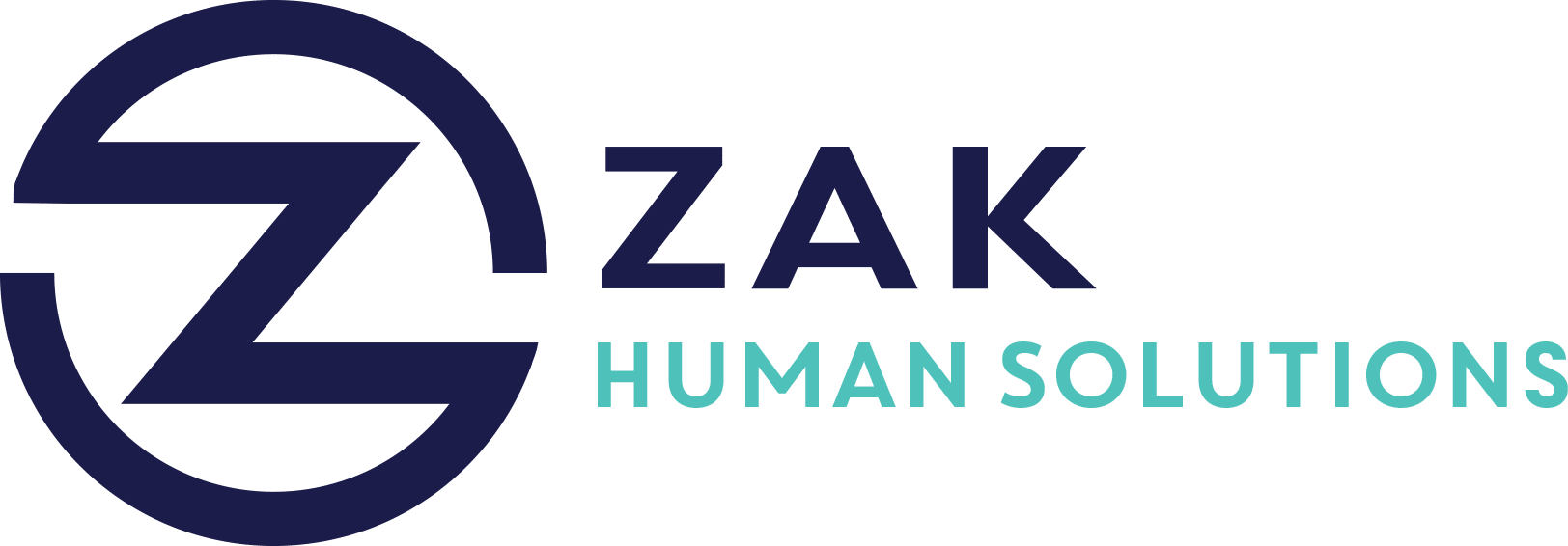The exit interview isn’t just a formality; it’s an opportunity for constructive dialogue that can lead to meaningful change within an organization. Whether you’re moving on to greener pastures or leaving due to workplace challenges, how you handle your exit interview can have lasting impacts for both you and your soon-to-be former colleagues. Let’s delve into the essential components of an impactful exit interview, offering insights into what you should discuss and why your feedback is invaluable.
Understanding the Purpose of Exit Interviews
Exit interviews serve a dual purpose. They provide the organization with insights that can be used to improve the workplace environment, while also allowing you to leave a positive legacy by contributing to the betterment of your soon-to-be former workplace. Participating in an exit interview with a constructive mindset can help set the tone for your professional reputation as you transition to new opportunities.
Conveying Your Reasons for Leaving
When discussing your reasons for leaving, clarity is crucial. Whether you’re departing for a promotion elsewhere, relocating for personal reasons, or seeking work-life balance away from a high-pressure environment, each context provides valuable insights to the organization. They can better understand emerging trends or systemic issues within their workforce when exit feedback includes specific reasons. Remember, this is not an opportunity for emotional venting, but rather a chance to provide honest and constructive feedback.
Evaluating Job Structure and Success Tools
Reflect on how well your job was structured and how effectively equipped you were to succeed in your role. Consider factors such as job clarity, role motivation, managerial support, and the availability of necessary resources. If your manager enabled you to play to your strengths, that’s worth highlighting. Likewise, if inadequate resources hampered your performance, sharing these insights can help pave the way for improvements that positively impact the next person in your role.
Discussing Learning Opportunities
Opportunities for growth are often a critical factor in employee satisfaction and retention. Share your experiences regarding available training programs, career advancement paths, and the overall learning culture. If your career progression was stifled, sharing this could be invaluable feedback. Especially considering that lack of career advancement is a common reason individuals leave jobs, this feedback can help organizations prioritize professional development initiatives.
Giving Feedback on Leadership
Your perspective on leadership dynamics, particularly concerning your immediate supervisor, can be instrumental in shaping management practices. Use this opportunity to commend managers with high emotional intelligence and effective decision-making capabilities. Alternatively, tactfully point out leadership styles that might contribute to a negative environment. If your concerns resonate across multiple exit interviews, it might trigger necessary organizational changes or coaching interventions.
Highlighting Positive Aspects
Balance your critique with positivity, highlighting what you loved about your job and your workplace. Positive feedback reinforces behaviors and practices worth maintaining. Whether it’s specific corporate benefits, team camaraderie, or aspects of the company culture, these insights help firms know what they’re doing right, which can be crucial for maintaining morale and driving future recruitment.
Offering Recommendations for Improvement
Specific, actionable recommendations for improvement can greatly assist an organization in creating a more conducive work environment. Focus on one or two key areas where change would have possibly led you to reconsider your decision to leave. These recommendations could range from enhanced flexibility in work arrangements to more competitive compensation structures or an environment more welcoming of diverse perspectives.
Conclusion
Exit interviews are more than a perfunctory procedure—they are a dialogue for potential transformation. By approaching your exit interview thoughtfully, assessing your experience candidly, and articulating both praise and constructive critiques, you contribute significantly to your organization’s evolution. This collaborative approach not only assists your former employer in making positive changes but also helps you leave on a note of professionalism and integrity.




